When we talk about healthy food, we consider different factors; like the calories in food, nutrients it contains etc.
Nutrients like protein, iron, carbs, fat, vitamins, calcium, etc. are very important for health. But in the recent past, we have found out that there are some compounds in plant-based foods that reduce the ability of the body to absorb these nutrients which are compounds known as Anti-nutrients.
In addition to addressing how to remove these antinutrients, we will also explain how to use these nutrient-rich foods to their full benefits. To your surprise, the methods for removing them are quite simple.
Why are Anti-nutrients a topic of concern?
Anti-nutrient compounds like phytate, tannins, lectins, etc, do not have any significant negative effect on our health directly, but it is important to keep a track of these compounds while doing balanced diet planning.
Based on our health requirements we plan what food we should eat to fulfill the requirement of specific macronutrients but if we do not consider the anti-nutrients present in those food options, then our calculations can go wrong and we might not be able to achieve the required nutritional demand we planned.
In which food items are these compounds found?
These compounds are present in high amounts in Healthy food options like –
- Broccoli
- Cabbage
- Brussels sprouts
- Lentils
- Peanuts
- Soybean
- Whole grains
- Spinach
Some berries and grapes also have some amount of anti-nutrient compounds. Our go-to drinks like tea and coffee also have heavy content of anti-nutrients.
Types of Anti-nutrients-
There are different types of anti-nutrient compounds in different types of plant-based food items.
Let’s get into the detail of these anti-nutrient compounds and where are they found.
1. Glucosinolates –
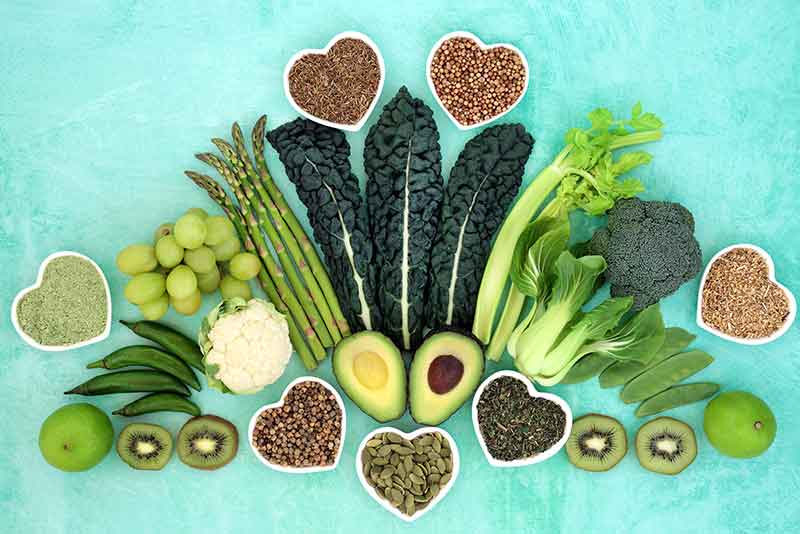
This compound is mostly found in Cruciferous vegetables like cabbage, broccoli, Brussel sprouts, etc. These compounds can affect the production of thyroid hormone thus increasing the risk of having goitres. Those individuals who already have iodine deficiency or hypothyroidism are at greater risk due to intake of glucosinolates.
2. Lectins-
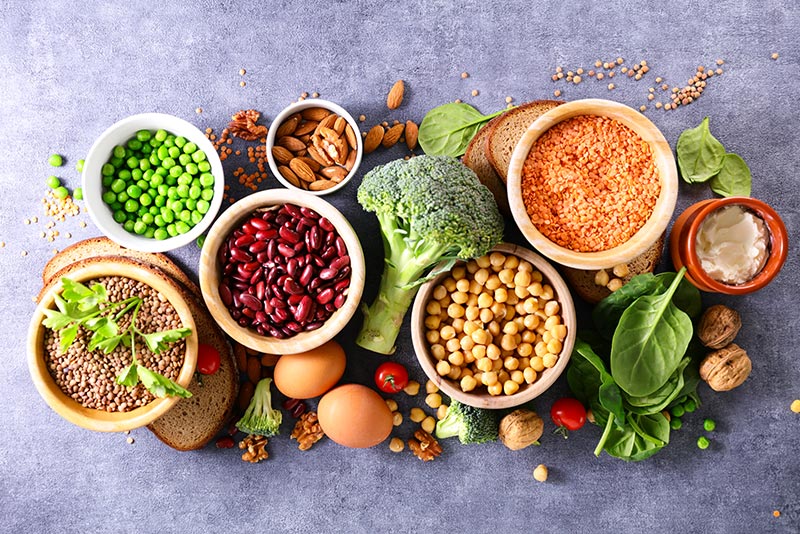
Lectins belong to a family of proteins that are mostly found in lentils, soybean, peanut, and some whole grains. They stick to the lining of the small intestine, which can cause Leaky Gut Syndrome. Consumption of lectin is also associated with autoimmune and heart diseases. Lectins also interfere with the absorption of calcium, iron, phosphorus, and zinc.
3. Oxalates–
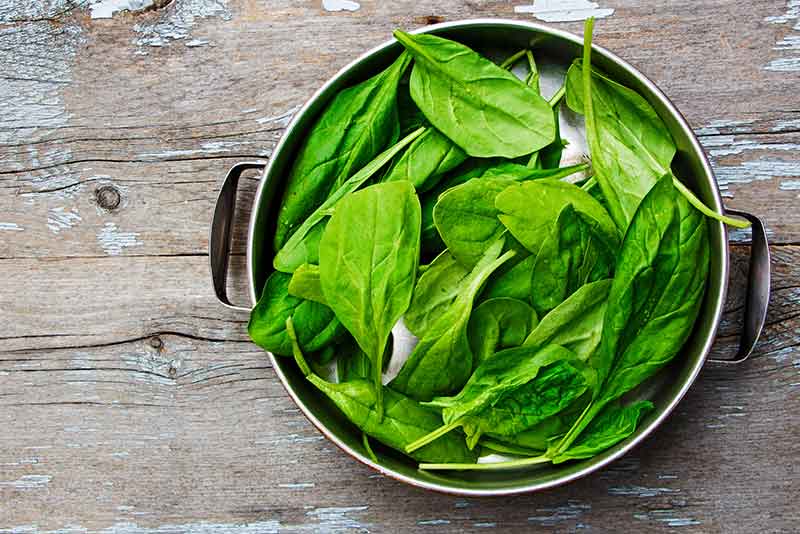
Mainly found in tea and in leafy vegetables like spinach. They can bind to calcium and stop its absorption in our body. Furthermore, an excess of oxalates ions can cause kidney stones by forming crystals in the tissue.
4. Saponins-
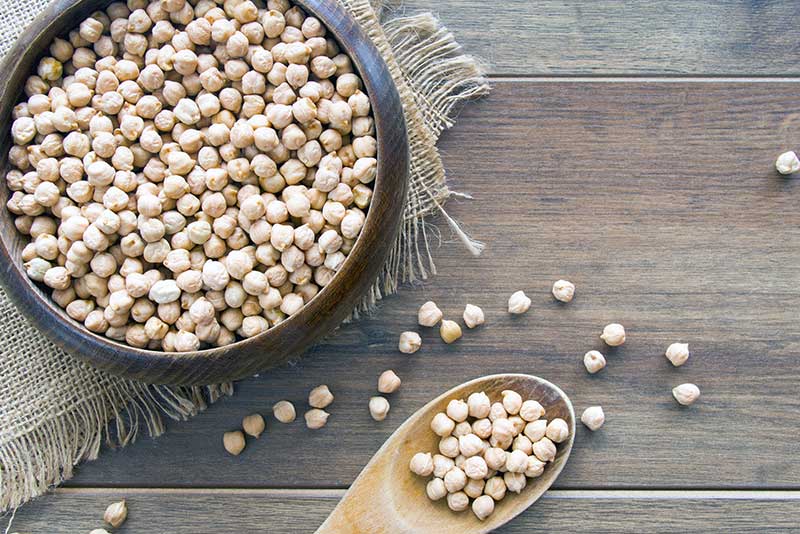
The saponins in legumes like soya beans, chickpeas, and quinoa can cause gastrointestinal issues like leaky gut syndrome. They hamper the digestion of vitamins, proteins, and minerals.
5. Phytates –

Also known as phytic acid is present in excess amounts in nuts, seeds, and grains. These compounds can bind to calcium, magnesium, iron, copper, and zinc and prevent their absorption in our bodies. If we eat food products rich in phytates it can cause zinc deficiency which can weaken the immune system of our body, and our eyes. Phytates can also cause impotence and hair loss
Although foods rich in phytates have some positive affect, it helps in lowering cholesterol levels in our body.
5. Fiber-

Yes, it’s right fibers are also anti-nutrients. Fibers can affect the absorption of carbohydrates thus causing the reduction of blood glucose and insulin levels in our body.
6. Tannins –

Mostly found in our favourite drinks like tea and coffee tannins are responsible for inhibiting the absorption of trypsin, amylase, and lipase. It can affect iron digestion and thus lead to iron deficiency Anemia. Berries, chocolate, and grapes also contain tannins.
What is the solution?
So what should we do? Should we avoid eating all the foods which have anti-nutrients? No, not at all. Because if we will do that then we will lose all the nutrients.
Well, luckily there are many ways by which we can remove the anti-nutrients present in food and thus increase the nutritional value of the food. Most of these ways are very easy and are the traditional methods which we are already using during cooking. The most common methods are soaking, boiling, fermenting, sprouting, etc.
Methods to reduce anti-nutrients in food –
Let’s look into these methods in detail and find out how they help in reducing the anti-nutrients.
- Soaking-
Most of the anti-nutrients are present in the skin of beans and legumes and also many of them are water-soluble. Thus when soaked in water for a few hours the anti-nutrients dissolve. Although different anti-nutrients take different amounts of time to dissolve in different foods. According to some studies, phytate reduction may take 12-14 hours, while tannin reduction can take 2-4 hours. Other than legumes we can soak green vegetables as well to reduce the content of calcium oxalate.
- Sprouting –
We all have heard our mothers and grandmothers saying that the sprouts are very healthy they are like a nutrition powerhouse. But what makes them healthy? The process of sprouting is also known as germination. It is the period when the plant starts budding out from the legumes. Sprouting helps in reducing the anti-nutrients like phytates and protease inhibitors. The sprouting period can be different for different types of legumes.
- Boiling –
Boiling can help in reducing the anti-nutrients like lectins, tannins, calcium oxalates, and protease inhibitors. Although boiling time is different for different food items but longer the cooking period greater the reduction of anti-nutrients. But we should always maintain a balance during cooking our food as overcooking food can reduce the number of nutrients present in food as well.
Phytate cannot be reduced by boiling as they are heat resistant.
- Fermentation-
Fermentation is the process used since ancient times to preserve foods. It is a process that occurs when bacteria and yeasts start digesting carbs in food items. Making sourdough is the best way to reduce the anti-nutrients in grains. But temperature-controlled fermentation can help in reducing the anti-nutrients like phytate and lectins in grains and legumes.
But fermentation occurring by accident actually spoils the food.
Combination of methods –
Based on the studies we can say that individually these processes may not be able to reduce the anti-nutrients completely. But combining these methods can destroy most of the antinutrients in plant-based foods. Thus soaking, sprouting, and boiling legumes can reduce the maximum amount of lectins, tannins, and protease inhibitors.
Tips & Tricks –
There are some other tips to reduce the intake and effect of anti-nutrients in our daily life.
- If the daily intake of tea is high then we should make sure to include lots of vitamin C in food on daily basis. Tea inhibits the absorption of iron whereas vitamin C helps in enhance the iron absorption in the body thus countering the effect of tea.
- Increasing vegetable and fruit intake can balance the anti-nutrients we consume since they contain a lot of nutrients.
- It is also important to increase antioxidant intake since they can counteract deficiencies caused by malnutrition.
- Intake of caffeine should be reduced to a minimum. It can increase the anti-nutrients in the body.
Wrap-up
So, in the future make sure to consider the anti-nutrients present in your food while making a balanced diet plan as they can affect the absorption of the nutrients in our body. To overcome this problem we should also try the above methods to reduce these anti-nutrients in food. Always remember one method is not enough to degrade the anti-nutrients present in cruciferous vegetables, legumes, leafy vegetables, etc., therefore, use different combinations of methods to achieve the maximum nutritional benefits from plant-based foods. Also Include lots of green vegetables, legumes, and fruits in the diet and be healthy.
References: https://www.ncbi.nlm.nih.gov/pmc/articles/PMC7600777/
https://pubmed.ncbi.nlm.nih.gov/15302522/
https://pubmed.ncbi.nlm.nih.gov/17135028/
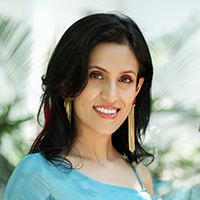
Priyanka Khurana Goyal is a prominent Indian figure renowned for her diverse accomplishments and contributions across various fields.. Read more



